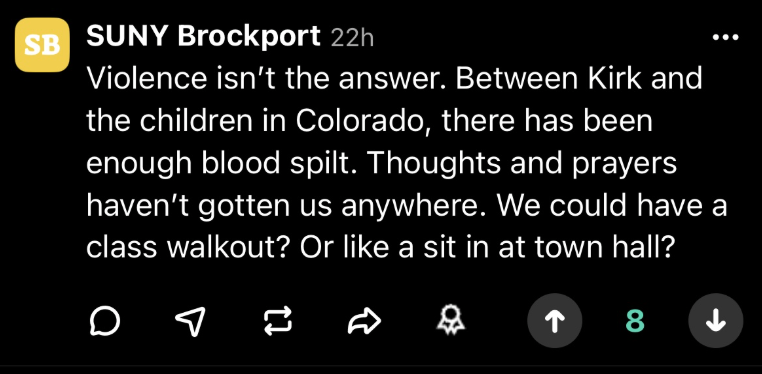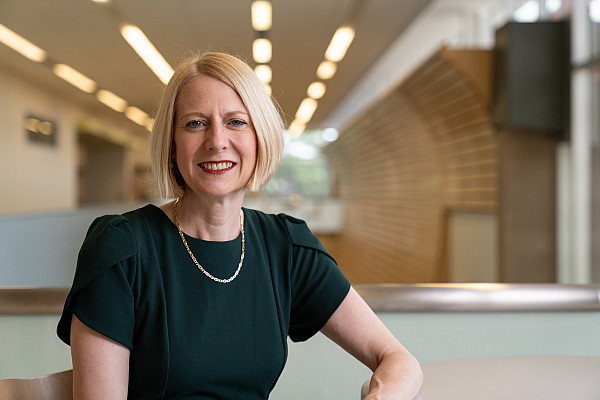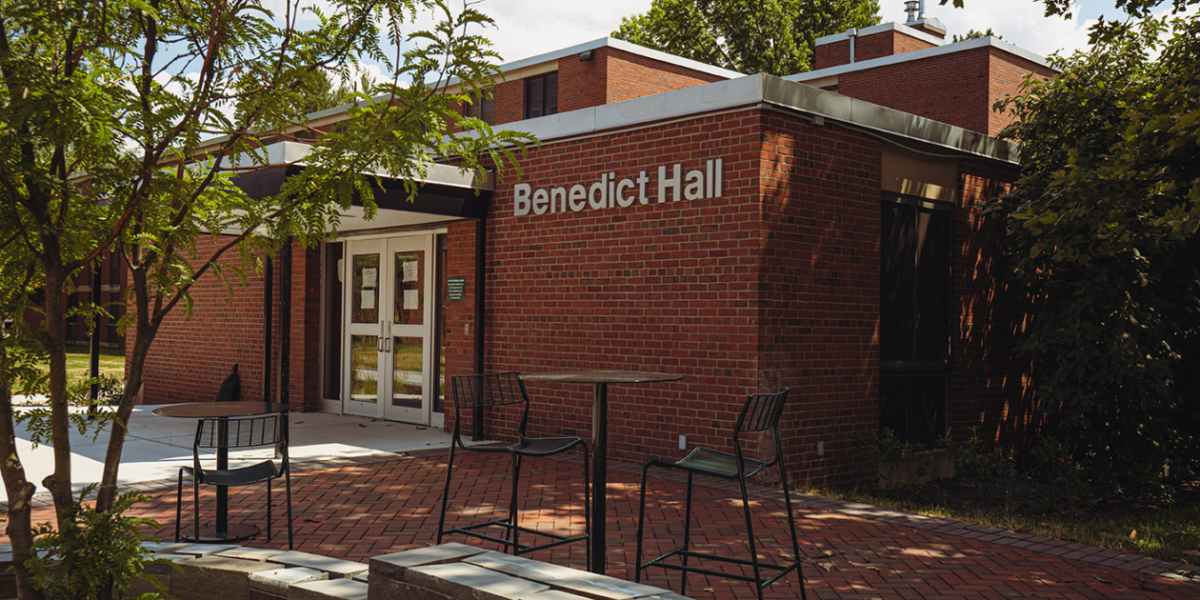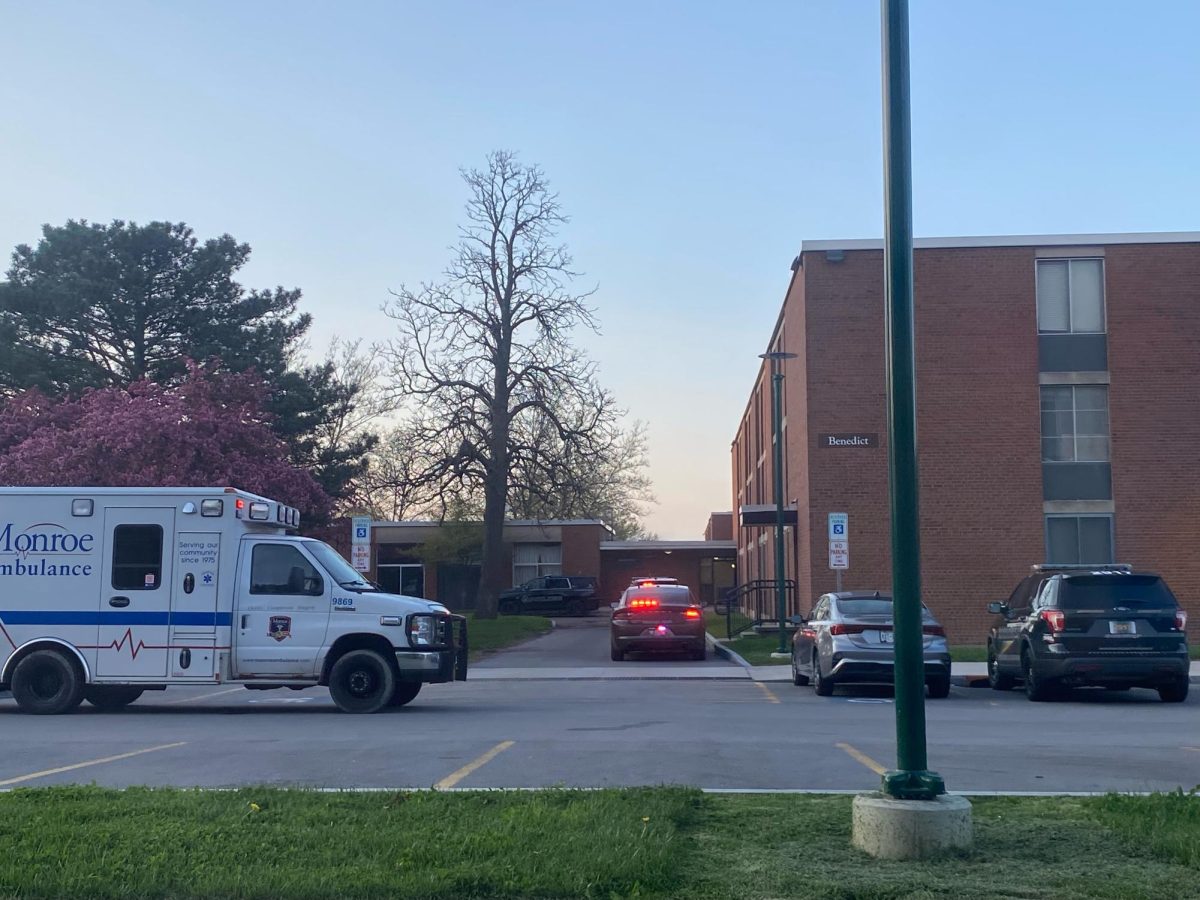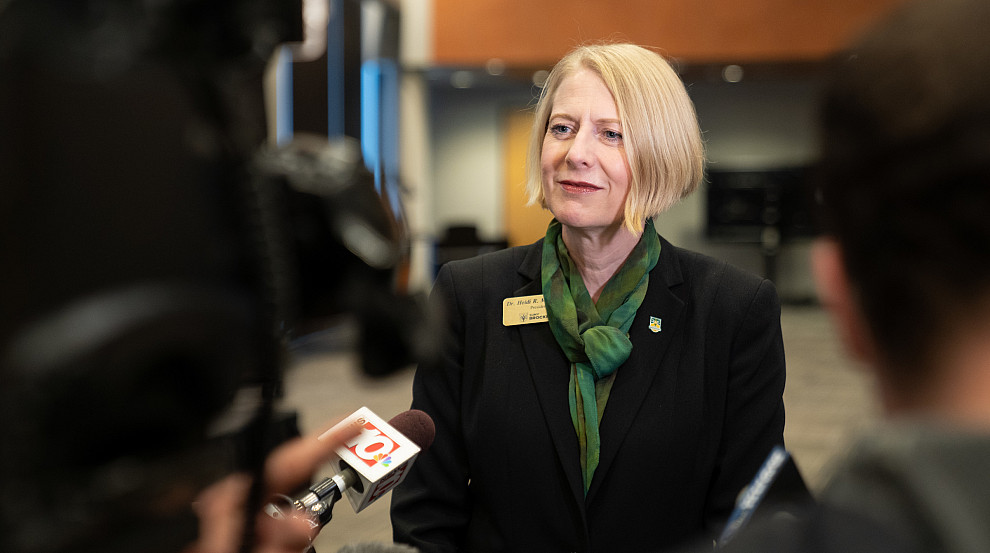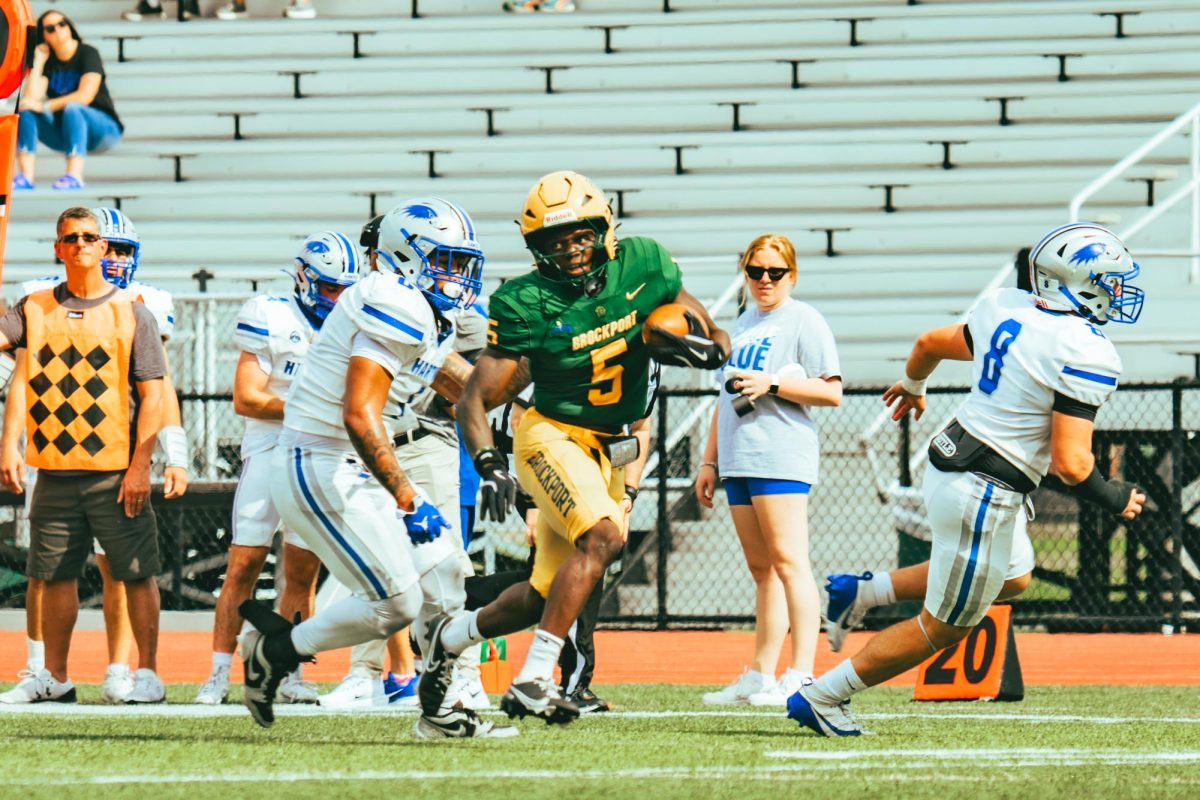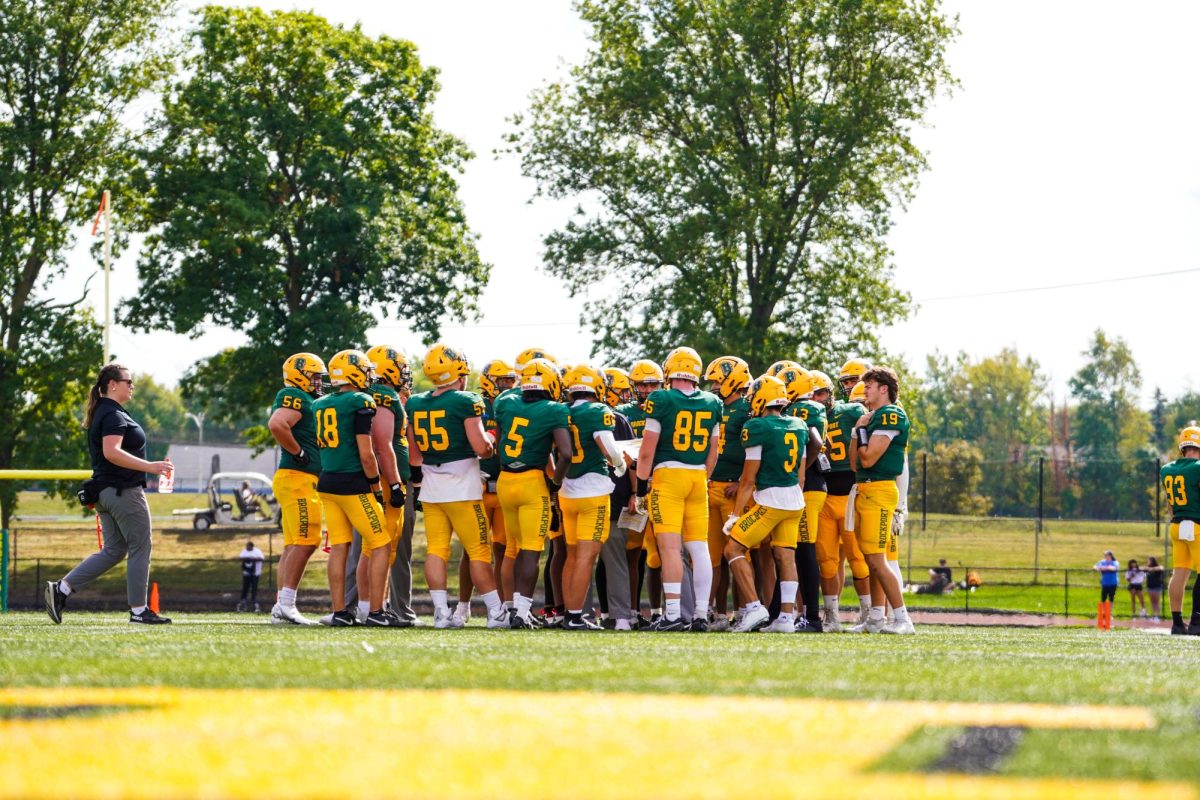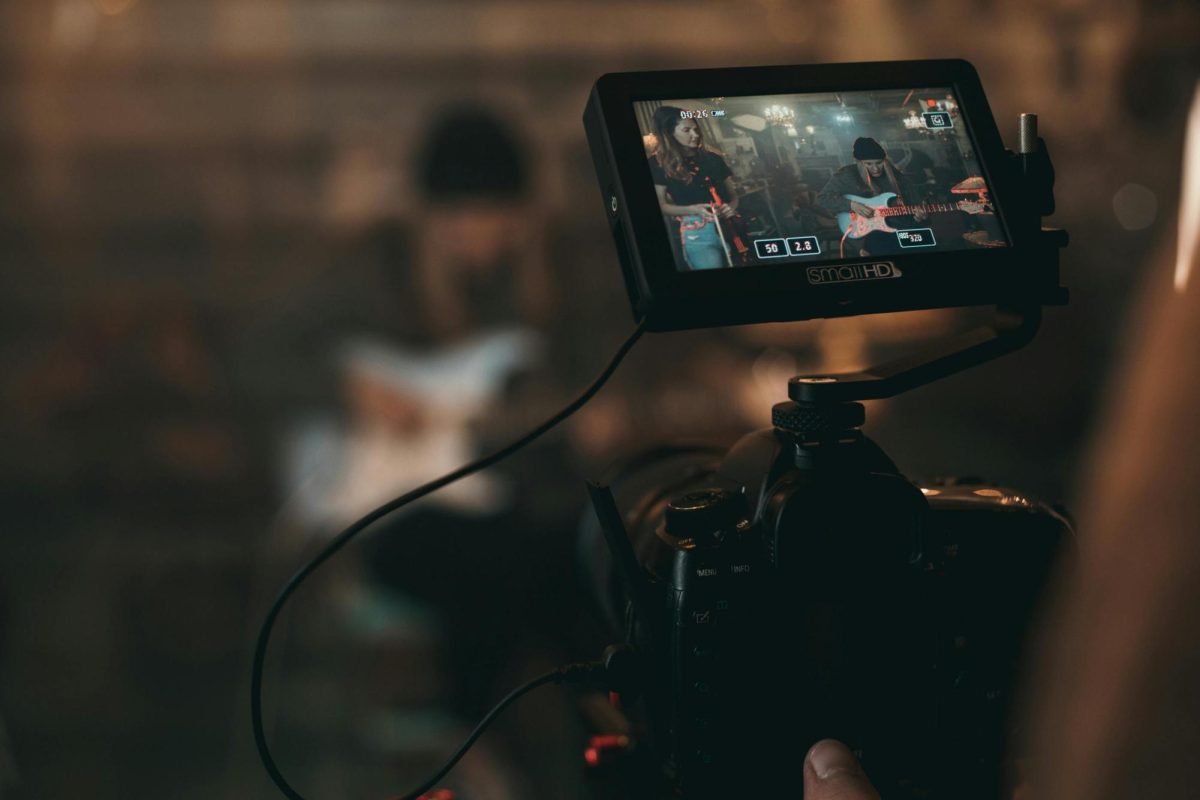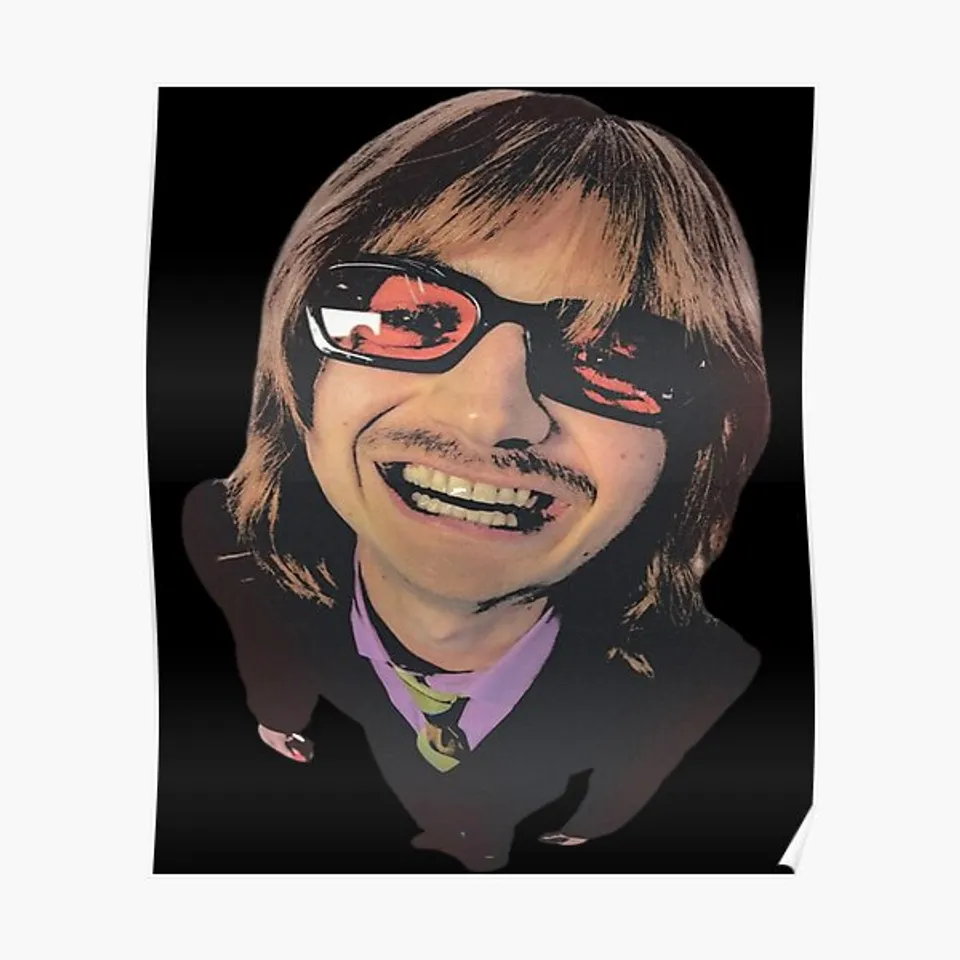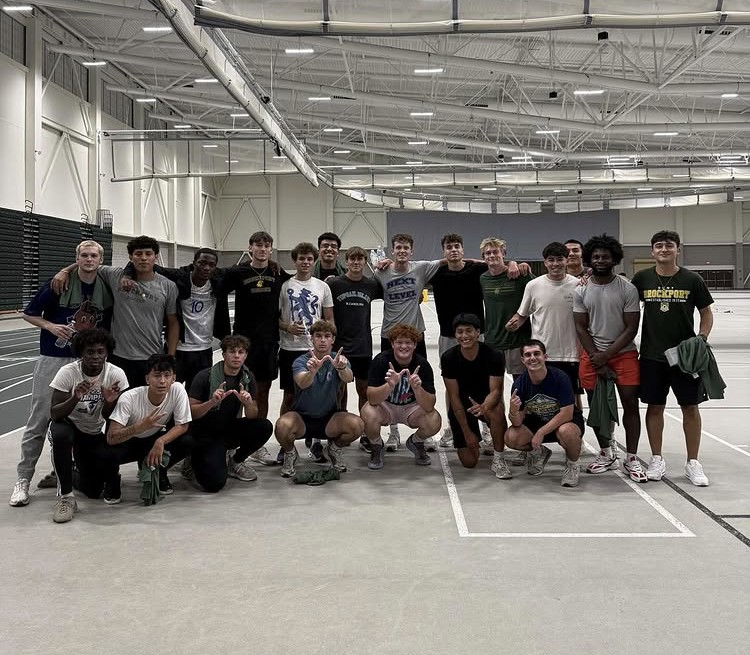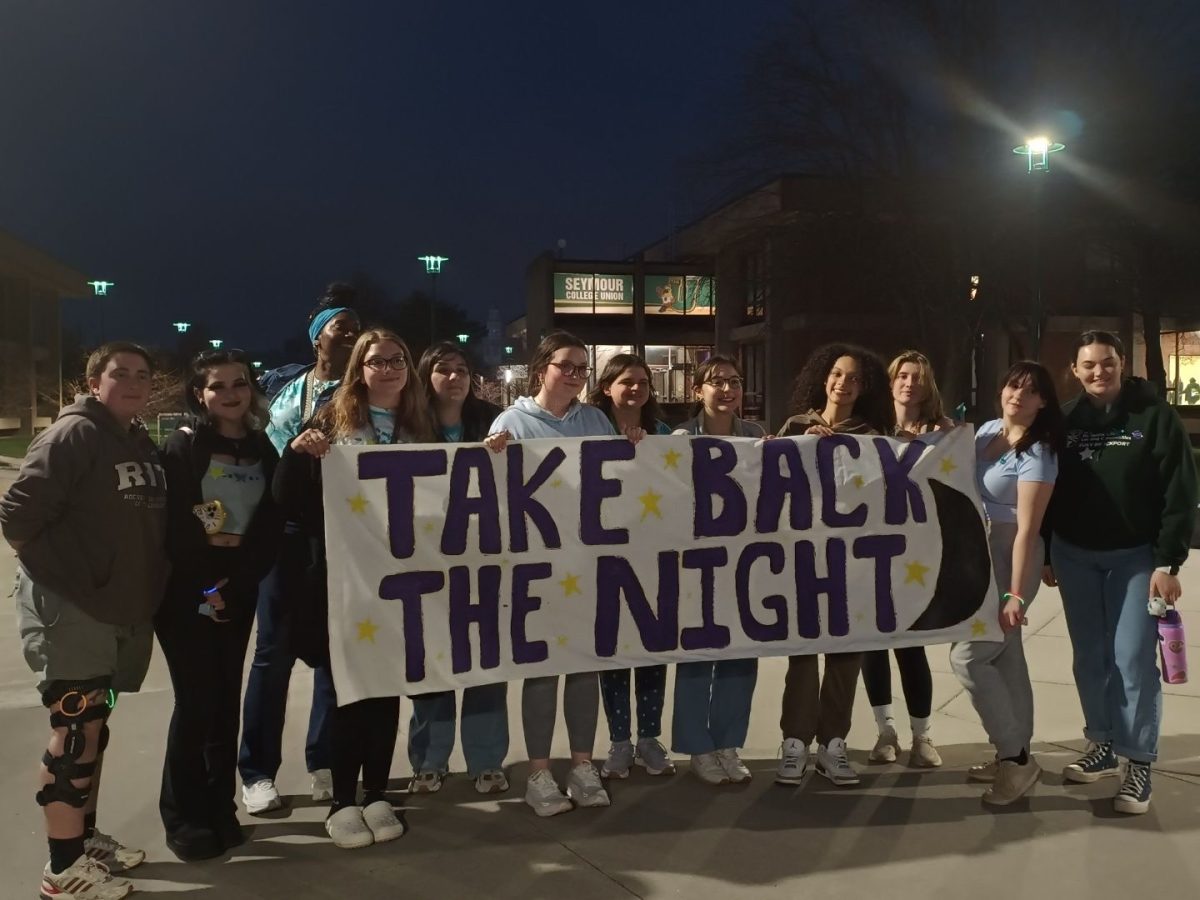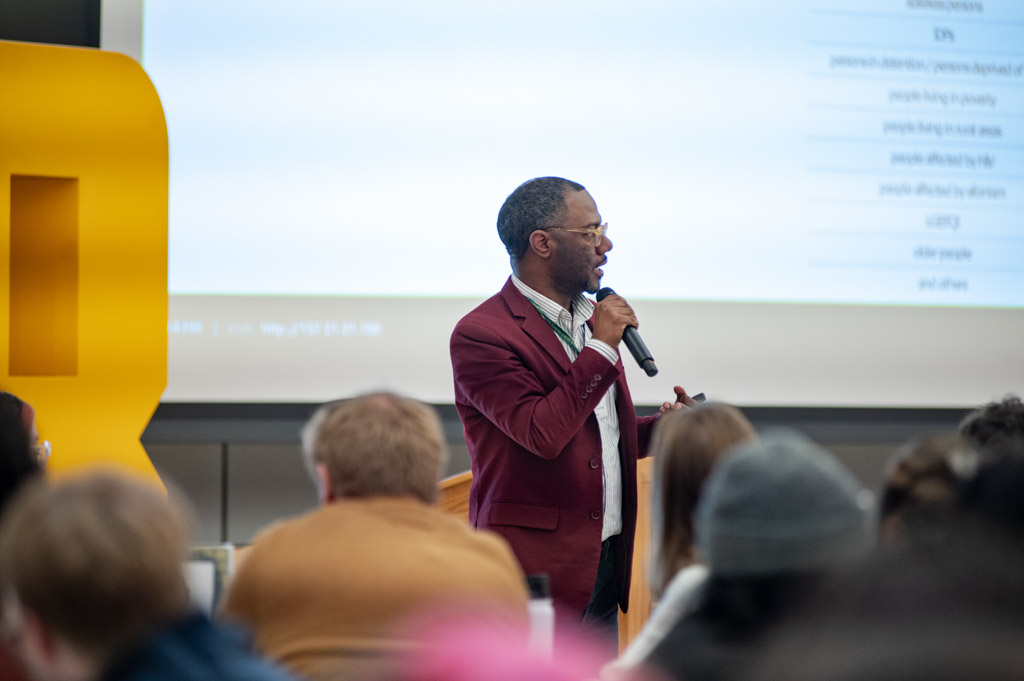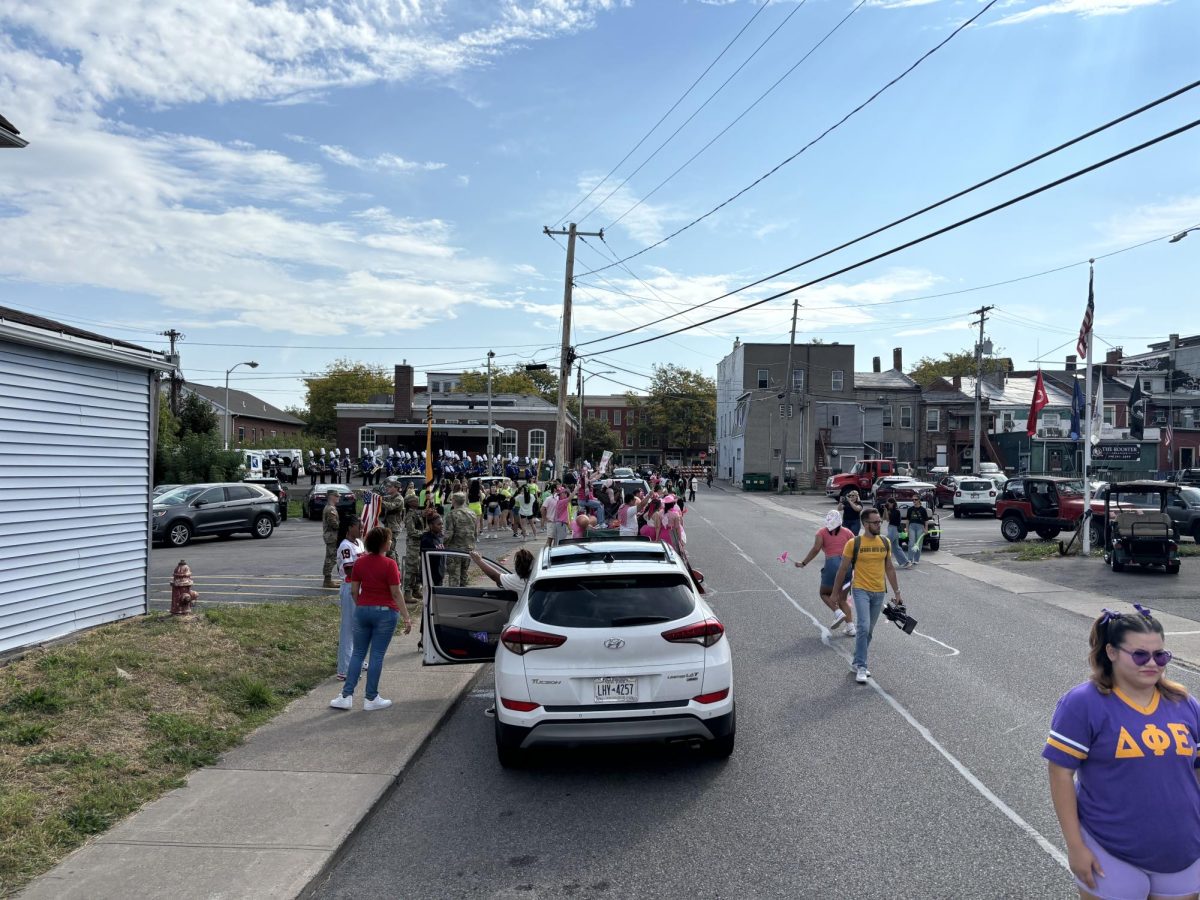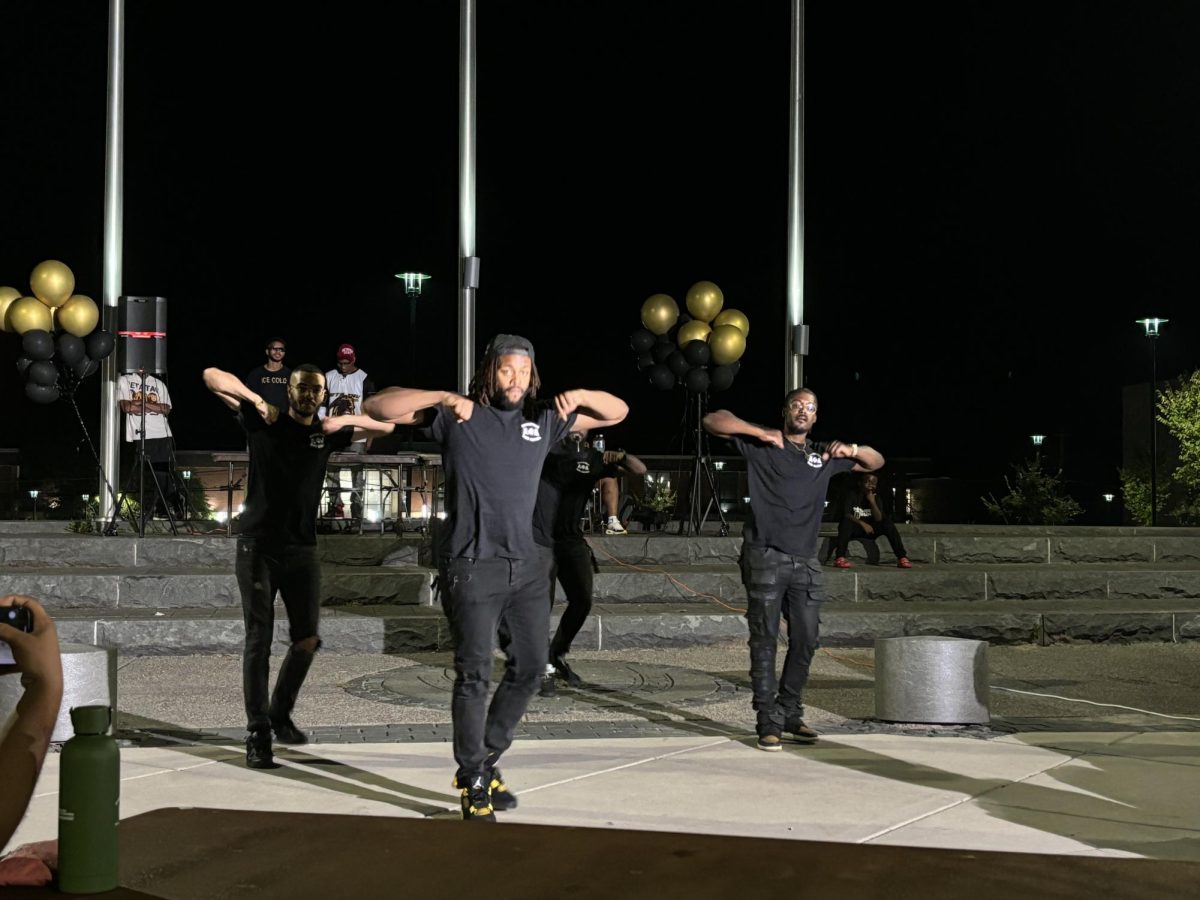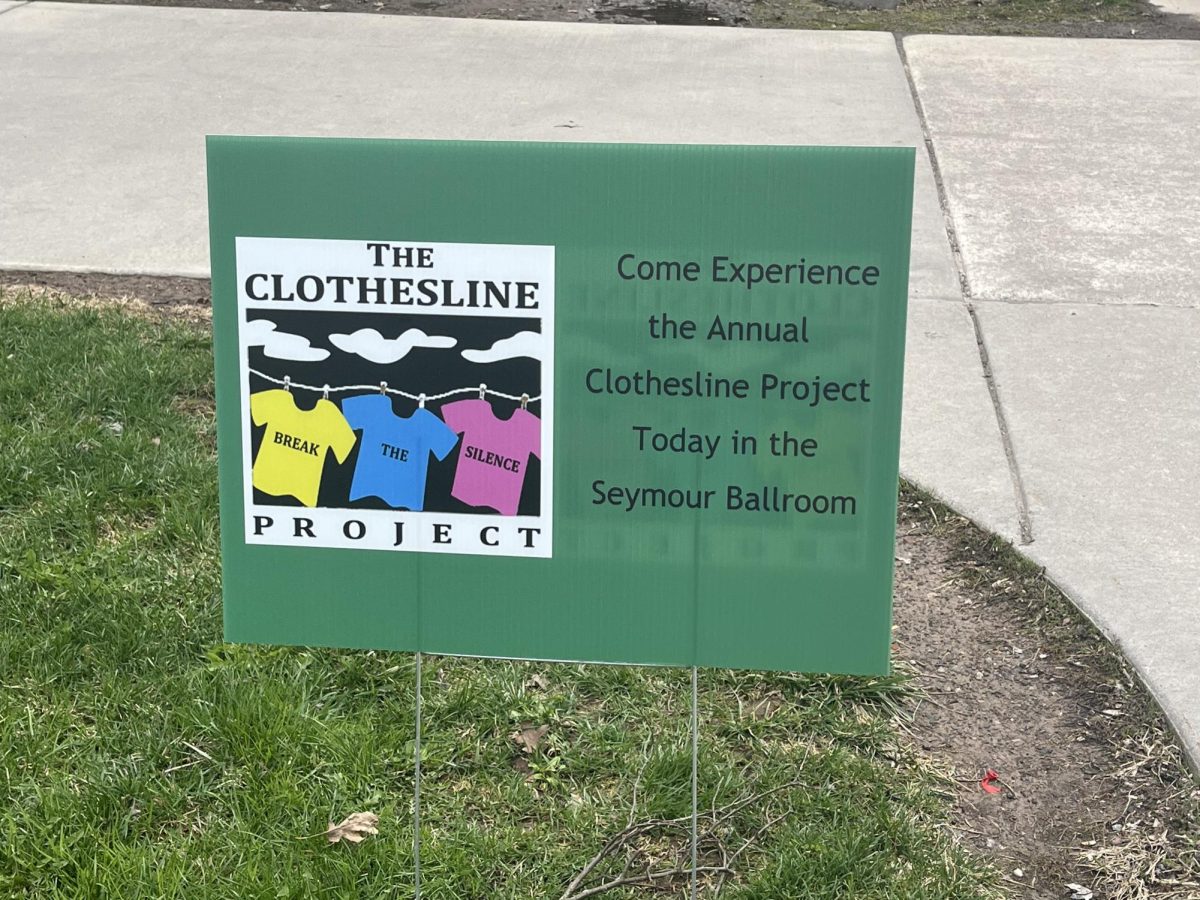Author dann j. Broyld came to campus this week to talk about his book, “Borderland Blacks” as well as his work with Afrofuturism and other aspects of the Underground Railroad.
Broyld talked about how when some people think of the future, they only see white people. Afrofuturism however, shows that there will be people of color in the future and there is no question about it. This concept of Afrofuturism shows that there will be people of color, and the first example he brings up is the movie “Black Panther.”
“Ryan Coogler and Chadwick Boseman really made this phenomenon of Afrofuturism put people on notice about what Afrofuturism is,” Broyld said.
The author’s book ties together all his ideas and concepts when talking about slaves that used the Underground Railroad.
“Why do I think these Blacks were Afrofuturists? That is because they were using the most modern technology to get to, what I consider, the outer spaces of slavery,” Broyld said.
The term, “outer spaces of slavery” is included in the book title. Broyld explains this as a concept where slaves who were stuck in the deep south and had very slim chances of being able to escape- finally finding their freedom far away from their homes. For them, trying to imagine a world where Black people were free was like thinking of an entirely new universe.
“People enslaved, to think about how people in New York are free… that’s outer space. You’re enslaved in the Carolinas and people are free in New York? That’s like traveling to the future,” Broyld said.
When slaves were able to make their escape to the north, that would have been an entirely different world to them as they are used to only seeing Black people as someone else’s property- not their own.
“Think about getting to New York City, where today people go to Times Square looking up and stuff like that. But what if you’re an enslaved person and you arrived in New York City? You’d think ‘What the hell is this?” Broyld said.
For slaves to make their way to freedom, they had to use a term keyed by Broyld; their “Black inner geek”. This concept shows how people were enslaved yet could still be intelligent. If these slaves wanted to stay safe, they weren’t able to show their intelligence.
“People wanted to keep Black people from tech because white people knew it would help them to the outer spaces of slavery,” said Broyld.
If white people didn’t think their slaves were smart, they’d worry less about the possibility of them escaping. This was beneficial to slaves when they found the opportunity to escape, since no one would check up on them in the middle of the night in case a slave escaped.
Broyld’s book focuses on Rochester, NY and St. Catharines, Ontario, Canada and how both places were the last stops on the Niagara branch of the Underground Railroad.
Broyld’s book is available online, as well as in-person at the Lift Bridge Bookstore on Main Street.

